
Please join us in welcoming Dr. Lei Zhang as our new Nematologist at Purdue University.

Please join us in welcoming Dr. Lei Zhang as our new Nematologist at Purdue University.
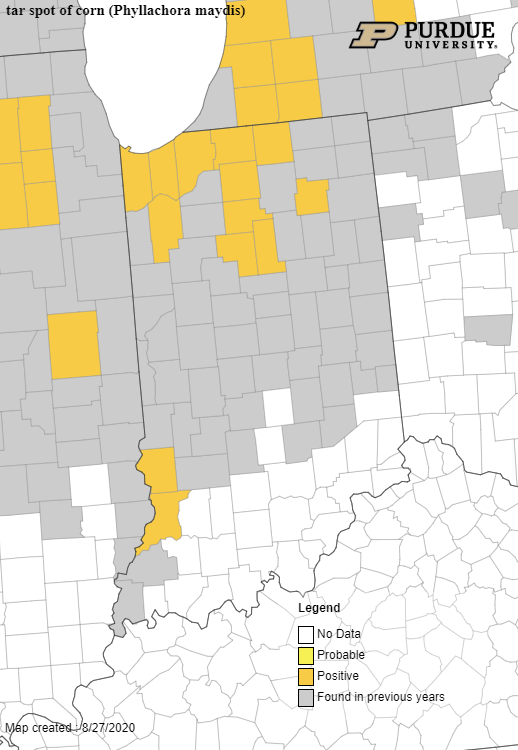
We are starting to see a few diseases in soybean across Indiana.
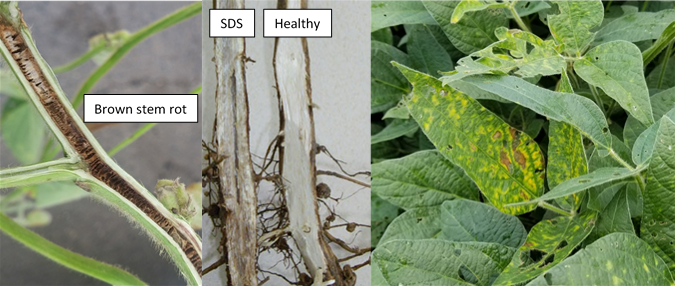
We are starting to see a few diseases in soybean across Indiana.

It is important to continue to scout for diseases in both corn and soybeans.
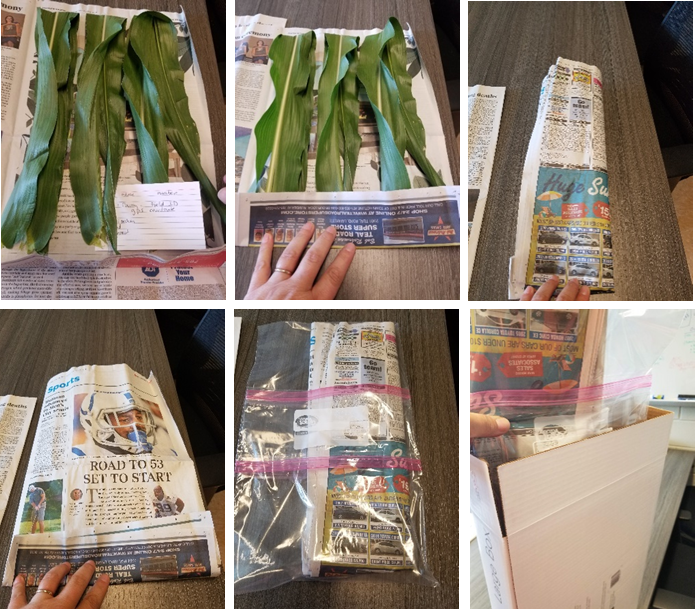
The field crop pathology research program is tracking the distribution of corn and soybean field diseases in Indiana. We are predominantly interested in the following samples (but always keeping an eye out for others):
Corn: tar spot, northern corn leaf blight, and southern corn rust
Soybean: frogeye leaf spot
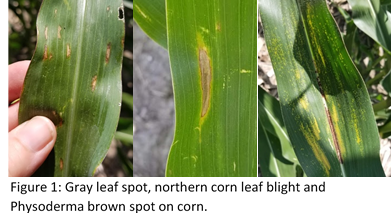
Recent rains and increased humidity across Indiana have increased the risk for foliar diseases to develop in both corn and soybean. Much of the corn has begun to tassel and soybeans have begun to flower. We are starting to see common diseases in the lower canopy of corn, as we were out scouting this past week. A few diseases that I have seen included gray leaf spot, northern corn leaf blight, common rust, Physoderma brown spot and northern corn leaf spot in corn (Figure 1). Diseases in soybean have been extremely low – I found a few frogeye lesions this past week. Since we are at R1 it is time to scout your soybeans for frogeye leaf spot. Management practices for frogeye are aimed reducing soybean susceptibility and inoculum availability. Infected debris from previous crops is the primary source of inoculum for this disease. Any practice that helps reduced or[Read More…]

Early planted corn in Indiana is reaching late vegetative stages and tasseling in the south. Therefore, it is time to start monitoring for diseases to make an informed decision if a fungicide is necessary. This week we have found a low incidence of tar spot, gray leaf spot, northern corn leaf spot, Anthracnose, and common rust in the lower canopy.
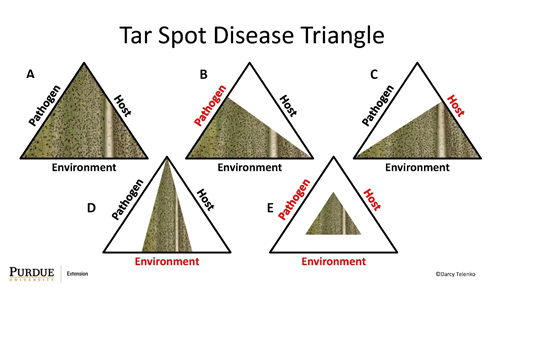
A number of foliar diseases can impact corn production in both Indiana and Michigan.
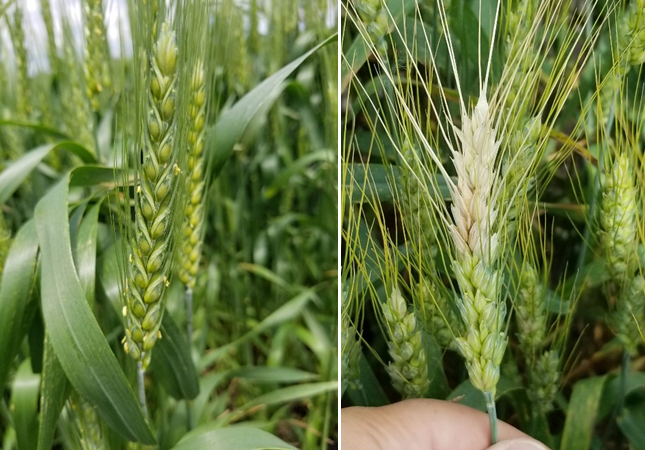
Rainy, wet conditions will favor many fungal diseases in wheat. Already our southern neighbors have started reporting multiple diseases in wheat.
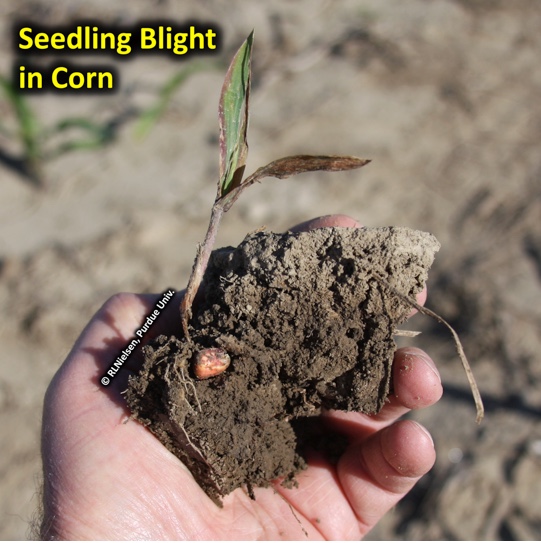
While corn planting progress is way ahead of the miserable 2019 planting season, Indiana’s corn crop has already experienced more than its fair share of misery.
© 2026 Purdue University | An equal access/equal opportunity university | Copyright Complaints | Maintained by Pest&Crop newsletter
If you have trouble accessing this page because of a disability, please contact Pest&Crop newsletter at luck@purdue.edu.